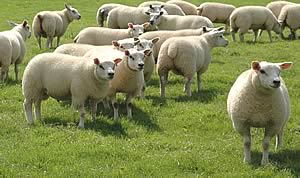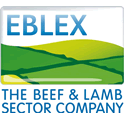 |
|||||||||
|
|||||||||||||||||||||||||||||||||||||||
|
|
Major Flock Labour-Saving Opportunities
Identified Simplified, easier to manage systems and better planning could offer sheep producers across the country major opportunities for boosting returns by saving on both the wage bill and unpaid family labour, suggests the English Beef and Lamb Executive (EBLEX).
As well as improving profitability by reducing overall labour costs per ewe, the time saved can be reinvested into the business to improve the scale or efficiency of either the sheep or other enterprises on the farm to maximise the benefit. EBLEX stresses that the key to minimising labour requirements without adversely affecting performance is to remove complications and unpredictability through simple, well-planned and easily-managed systems. A handy checklist for labour-saving flock management, set out in its Lamb Action for Profit factsheet – Better Returns by Labour-Cost Savings, identifies 10 primary areas offering opportunities for savings as well as other efficiency benefits. EBLEX Labour-Saving Flock Management Checklist
Copies of Better Returns by Labour Cost Saving and other Sheep
Better Returns Programme advice are available free of charge
to English levy payers from EBLEX on
|
||||||||||||||||||||||||||||||||||||||

|
|
||||||||||||||||||||||||||||||||||||||
| home | agri-services | pedigree
pen | news | dairy | beef | machinery property | organisations | site map |
|||||||||||||||||||||||||||||||||||||||

